Things & Movies: DVD Store Culture in Fiji
by Nicole Starosielski
[ PDF version ]
Figure 1. At the Kinoya Star Car Wash and DVD Centre, you can buy a car wash for $3.00 and a DVD for $1.50
Media distribution takes diverse virtual and material forms as it extends over uneven cultural geographies. While in some places online media distribution is putting video and DVD stores out of business, Fiji’s DVD stores have instead emerged as a significant node for media and cultural exchange. I first visited these stores while conducting field research in Fiji on another media infrastructure: the undersea cables that carry almost all of the country’s Internet traffic. For many in Fiji, DVD stores rather than personal computers constitute the access point to digital video transmitted over these cables. In Suva, Fiji’s capital, there seems to be a DVD store (alternatively titled a library or a centre) on every major street and in most shopping centers. Despite the country’s establishment of a Copyright Act in 1999, recent reinforcement of intellectual property laws, and police raids that have taken many stores out of business, pirated copies comprise the majority of the market and DVD stores remain a staple in Fiji’s visual landscape. Oddly enough, this landscape is not legible from within the Internet—much of the city of Suva is missing in Google Maps. Photographing and narrating these sites, I map an alternative geography of digital video distribution and chart its connections to Fiji’s unique historical and cultural contexts.
Figure 2. Comsol (Fiji) Ltd. is a local chain that sells DVDs as well as a variety of household items
Before DVDs, many stores in Suva sold VCDs and videotapes (some still do). Fiji’s DVD industry, like many others, can be traced back to the emergence of the video store industry in the mid 1980s. By this time, Fiji had an estimated 30,000-40,000 video players and a growing video store market.[i] This equated to about one video player for every twenty people—a rapid spread considering that telephone density had reached this level only five years before (and subsequent to several decades of development).[ii] The Fijian government embraced video technology: they set up the Fiji National Video Centre, sent their technicians for training in video production, and launched a vigorous audiovisual program on video.[iii]
Figure 3. A DVD hut centrally located near the Suva market
The embrace of video takes on more significance when one considers that television was not available in Fiji until almost a decade later, in part due to a political coup in 1987 and the government’s worries about external cultural influences. Video was a more ‘mobile’ technology whose circulation was less expensive than the development of a national broadcast infrastructure. Therefore, in the 1980s, television in Fiji was imagined in relation to video, rather than the other way around. The government considered setting up solar powered TV sets in rural villages and screening videotapes that were prepackaged and sent out from Suva (an alternative kind of broadcasting).[iv] The country’s annual report in 1981 suggests that video circulation might form the foundation for television development since “‘television’ already exists in Fiji in the form of the growing number of video recorders and accompanying facilities” and the growth of this industry offers an opportunity “to provide basic training skills … for a national broadcast television service.”[v] It was in this period, before satellite and broadcast TV began, that the video centre came to occupy a central function in Fiji’s media landscape not only for the distribution of foreign film and television, but also for national media production.
Figure 4. Many of the signals sent across the Pacific from the United States to Australia, including video, pass within several miles of these stores
While in the 1980s video centers were privileged in the absence of television, the DVD store has emerged in a social landscape where much of Fiji’s population does not have regular access to high-speed Internet. Many islanders have cell phones, but these are not used widely as platforms for downloading and viewing visual media. This is not a problem with the country’s international connectivity: Fiji has been a key telecommunications node since the early 1900s. The Southern Cross communications cable, a primary route for United States-Australia Internet traffic, lands in Fiji on its way across the Pacific. Many of the video transmissions between the United States and Australia pass within several miles of these stores. The high pricing of bandwidth, however, has meant that access has been out of reach for most islanders, at least until the liberalization of the telecommunications sector brought down prices over the last few years. Thus results the unique situation where those who can afford it can get better Internet access than many places in the United States. Most of the movies sold in Fiji’s DVD stores are high quality (though hand-recorded versions still exist, especially for the latest releases). Though the development of digital networks has in some places dislocated the circulation of audiovisual media away from the DVD store, in Fiji, the low penetration of high-speed Internet access, coupled with enormous international connective capacity, and a history of the video centre as a media distribution infrastructure, has increased the concentration of media exchange in the store itself.
Figure 5. DVD store signs in Suva
While some of Fiji’s DVD stores are dedicated solely to audiovisual media, most integrate DVD sales into other businesses: car washes, churches, shoe repair stores, bookstores, internet cafes, electronics stores, and watch shops. Dan Herbert observes in this journal issue that video store owners in the United States have taken up secondary businesses when rentals alone are not profitable enough. In Fiji, DVD sales have often been integrated with pre-existing businesses in order to capitalize on the popularity of pirated films (and, perhaps, as a backup source of income in the case one is shut down for piracy). As a result, DVDs in Fiji regularly intersect everyday life, not only because of the prevalence of DVD stores in the urban landscape, but due to their positioning in relation to various other cultural products: watches, shoes, books, and cars.
Figure 6. The owners of Rowell Home Entertainment, a DVD store that imports non-pirated films, have complained about the competition from stores that sell illegal DVDs
Almost all of these stores sell movies, though several rent out discs as well. Copies can be purchased for around $2 or $3 FJD ($1 USD), making them accessible even to lower income families.[vi] The selection is a mix of recent Hollywood releases, Bollywood movies, soap operas from the Philippines, Gospel, Korean, and other East Asian films. To some degree, the stores reflect Fiji’s multi-ethnic society, with indigenous Fijians (many of whom are Methodist) comprising just over 50 percent of the population and Indo-Fijians (Indians were brought over as indentured laborers during the colonial period) comprising around 40 percent. Since Fijian culture revolves around family and gatherings at home, it is not surprising that children’s movies occupy much store space and that, more broadly, the practice of home DVD viewing is so widespread. Some stores, especially those that only sell DVDs, establish a specialization and carry a majority of American or Indian film, with different sections for each genre. In many stores, however, an array of different kinds of films are available and genres are intermingled with one another. In browsing the selections, I have found both softcore erotic films and queer films mixed in with science documentaries and cartoons. At times DVD cases are not on display, spatially demarcating their differences, but rather, customers flip through a large binder with copied DVD covers (in some places DVDs can be made to order). The interior of the store, like the integration of DVDs into the broader commercial landscape, facilitates a browsing across genres and between different kinds of objects.
Figure 7. Pratap’s Entertainment carries both Bollywood and Hollywood titles
In Fiji, the DVD store has emerged as a prominent location in which global and digital media distribution networks intersect local social networks and everyday lives—whether one is aiming to consume media or to have one’s car washed. This space is the result not only of uneven technological development, including the early spread of video across the islands and the growth of Suva’s communications networks, but also of existing social formations, such the country’s family oriented and multi-ethnic society.[vii] Rather than being displaced by online networks, the DVD store in places such as Fiji might remain a significant site of media exchange for some time, especially given the continuing digital divide between developed and developing countries. Whether Suva’s DVD stores remain a dominant cultural form as high bandwidth visual media usage increases and piracy laws are strengthened remains to be seen. Whatever mode of distribution emerges next, however, is likely to be shaped in relation to the topographies of existing cultural landscapes.
Figure 8. Exotic Movie World
Notes
This essay draws from field research conducted between July and August 2010 on media infrastructure in Fiji. During this time, I visited several DVD stores and engaged in informal conversations with owners and workers. This research was funded by an Advanced Graduate Research Fellowship from the Pacific Rim Research Program of the University of California.
[i] Robert Keith-Reid, “TV’s big boys may move in,” Islands Business, July 1984, 54; and Parliament of Fiji, Ministry of Information Annual Report for the Year 1985, Parliamentary Paper no. 41 of 1986 (Suva: Government Printer, 1986).
[ii] Based on a population of 697,743 (World Bank, World Development Indicators). Parliament of Fiji, Department of Posts & Telecommunications Annual Report 1979, Parliamentary Paper no. 39 of 1980 (Suva: Government Printer, 1980).
[iii] Parliament of Fiji, Ministry of Information Annual Report for the Year 1981, Parliamentary Paper no. 1 of 1983 (Suva: Government Printer, 1983).
[iv] Ibid.
[v] Ibid., 4.
[vi] DVDs prices are higher, around $15 to $20, for non-pirated versions.
[vii] Further research might explicate more specifically and extensively how DVD distribution has been configured in relation to these historical and cultural processes.
Nicole Starosielski is an assistant professor of communication at Miami University of Ohio.
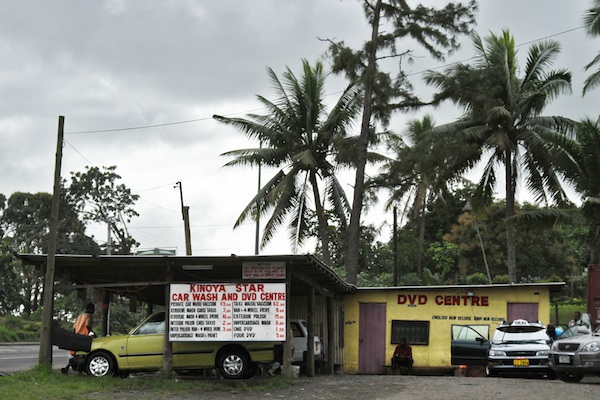
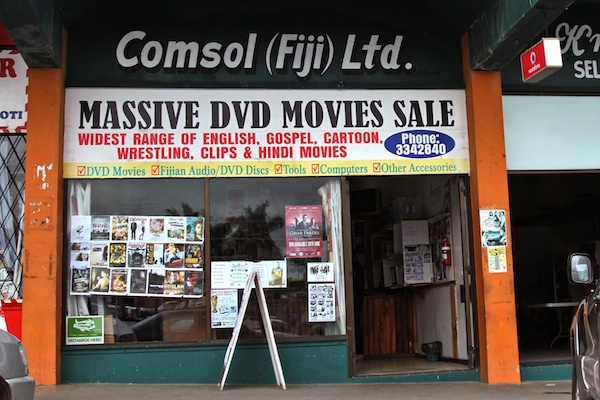
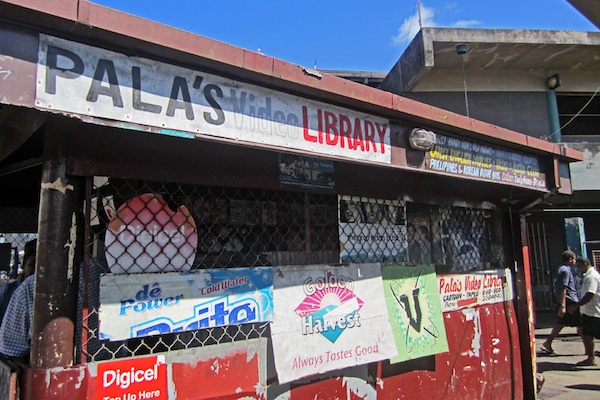
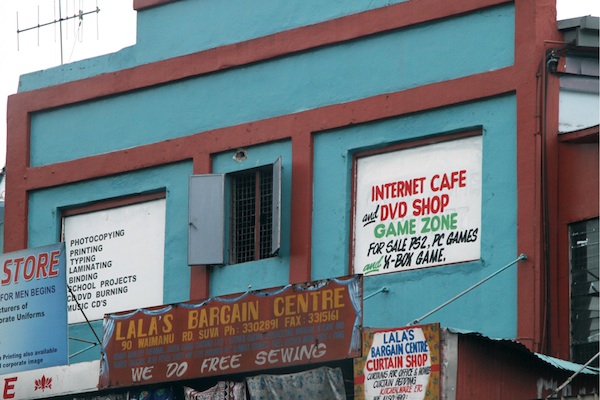
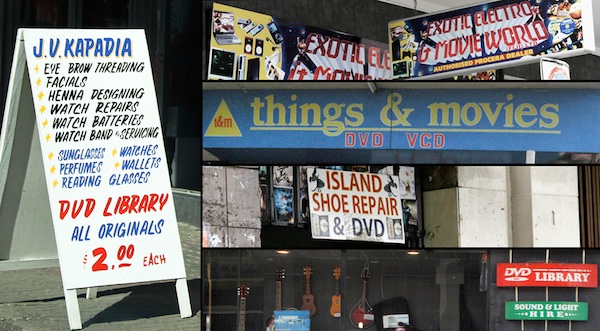
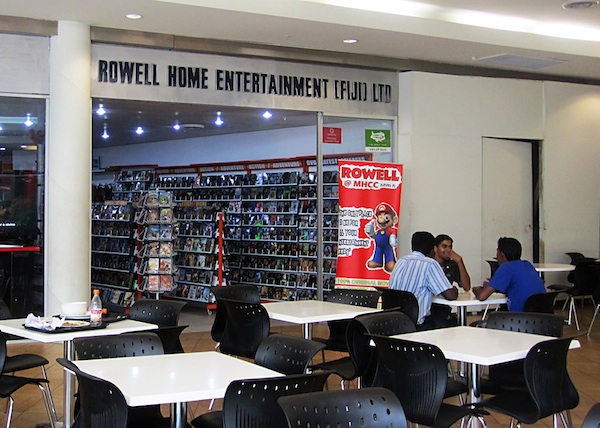
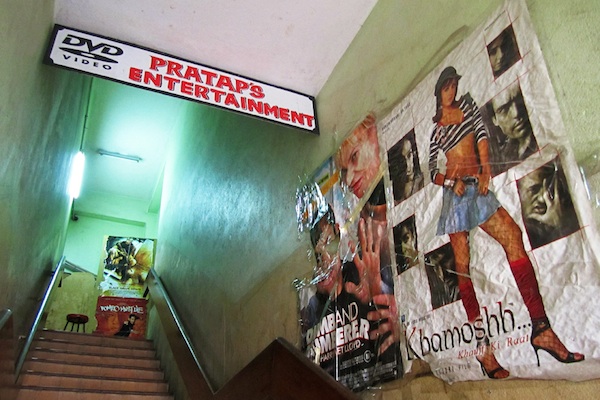
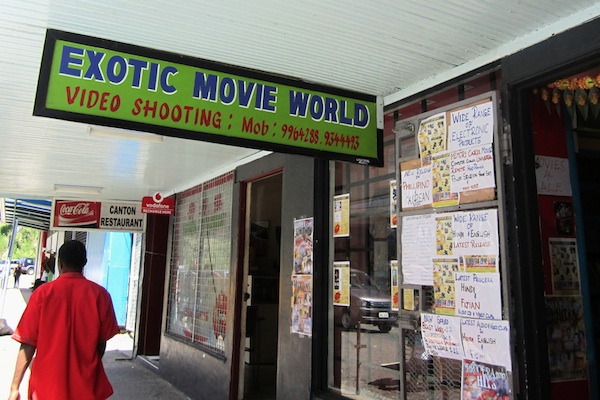
 Post a Comment
Post a Comment
Reader Comments